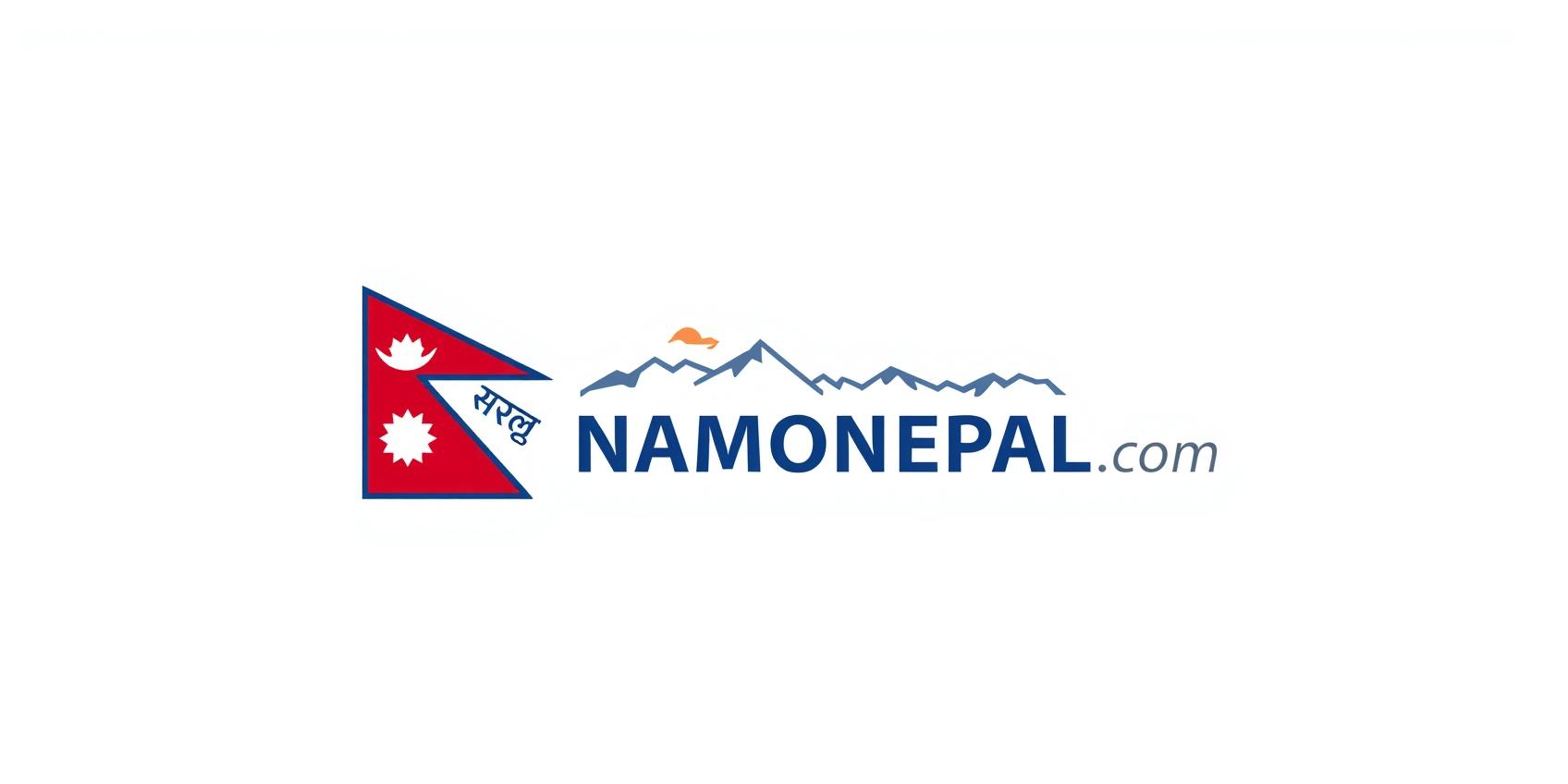Everest Three Passes Trek
Conquer the Ultimate Himalayan Challenge
Traverse three high passes — Renjo La, Cho La, and Kongma La — for unparalleled views of the Everest region's giants.
Accept the ChallengeThree Passes Trek – Key Features
Three High Passes
Conquer **Kongma La (5,535 m)**, **Cho La (5,420 m)**, and **Renjo La (5,360 m)**.
Full Everest Circuit
Connects EBC, Kala Patthar, and the Gokyo Lakes in one epic route.
Gokyo Lakes Inclusion
Features the stunning turquoise glacial lakes, a highlight missed on standard EBC treks.
Unparalleled Views
Offers unique perspectives of Everest, Makalu, Cho Oyu, and Lhotse.
Less Crowded Trails
Venture onto the quieter sections of the Khumbu region for solitude.
For Experienced Trekkers
Requires high physical fitness and prior experience with multi-day trekking.
The Route: Epic Everest Adventure
The Three Passes Trek typically starts with a flight from Kathmandu to Lukla, followed by gradual acclimatization in Phakding, Namche Bazaar, Tengboche, and Dingboche. The trail splits into the Gokyo Valley, where trekkers ascend Renjo La to reach the turquoise Gokyo Lakes, then cross Cho La Pass to join the Everest Base Camp route. Finally, the Kongma La Pass leads adventurers back toward Lobuche and Kala Patthar, culminating with a return to Namche Bazaar and Lukla. This 16–18 day trek offers a full spectrum of Everest region highlights — glaciers, lakes, high passes, and iconic peaks — making it the ultimate Everest circuit.

Culture & Sherpa Traditions
The Three Passes Trek immerses you in the heart of Sherpa culture. Villages like Namche Bazaar, Gokyo, Dingboche, and Pangboche offer traditional architecture, Buddhist monasteries, prayer wheels, and warm hospitality. Here, trekking is more than a journey — it’s a cultural exchange. Visitors witness festival rituals, yak herding, and local craftsmanship, connecting deeply with Nepal’s Himalayan heritage. The trek combines spiritual moments at Tengboche Monastery with the daily rhythm of village life, offering both adventure and cultural insight.

Adventure, Challenges & Himalayan Views
This trek is a high-altitude adventure and is considered one of the most challenging in Nepal. Daily walks range from 6–9 hours, with steep ascents and descents, especially at the passes. Altitude awareness is critical, and acclimatization days are essential to prevent Acute Mountain Sickness. The rewards are extraordinary: sweeping vistas of Everest, Lhotse, Makalu, Cho Oyu, and Ama Dablam, sparkling glaciers, turquoise lakes, and remote Himalayan landscapes that few trekkers experience. Each pass conquered is a triumph — a mix of exhilaration, awe, and humility in the face of the world’s tallest peaks.

Food, Teahouses & Accommodation
Despite the remoteness, the route offers teahouses and lodges providing meals, basic rooms, and mountain hospitality. Staples include dal bhat, noodles, soups, momos, and tea. Lodges become simpler and cozier at higher elevations, but warmth and friendliness abound. Evenings around wood stoves offer opportunities to share stories with fellow trekkers while soaking in Himalayan panoramas. The food, accommodation, and hospitality along the trail add a crucial human touch to an otherwise rugged adventure.
Best Time to Trek the Three Passes
The best seasons are spring (March–May) and autumn (September–November). Autumn provides stable weather and clear views, while spring brings blooming rhododendrons and warmer temperatures. Winter (December–February) is extremely cold and less accessible, and monsoon (June–August) sees heavy rain and slippery trails — generally not recommended. Proper planning ensures the passes are safe and trekking conditions are optimal.
Permits & Trekking Essentials
Trekkers need:
- Sagarmatha National Park Permit
- Khumbu Pasang Lhamu Rural Municipality Permit
Frequently Asked Questions
1. How long is the Everest Three Passes Trek?
The trek generally takes 16–18 days, depending on route choice, acclimatization, and pace.
2. How difficult is the trek?
It’s challenging, requiring high fitness, previous trekking experience, and proper acclimatization due to the altitude and steep passes.
3. What are the three passes?
The trek crosses Renjo La (5,360 m), Cho La (5,420 m), and Kongma La (5,535 m) — each offering unique landscapes and stunning views.
4. Can this trek be done independently?
While possible, hiring a guide and porter is strongly advised due to high altitude, complex routes, and cultural guidance.
5. What is the highest point of the trek?
Kongma La Pass at 5,535 meters is the highest point, offering incredible views of the Everest and Makalu ranges.
6. When is the best time to do the Three Passes Trek?
Autumn (September–November) and spring (March–May) provide the most stable weather, clear skies, and safest trekking conditions.
Ready for the Ultimate Himalayan Challenge?
Plan your Three Passes Trek with Namo Nepal — and step into the ultimate Everest adventure where every pass is a triumph and every view is unforgettable.
Book Your Expedition